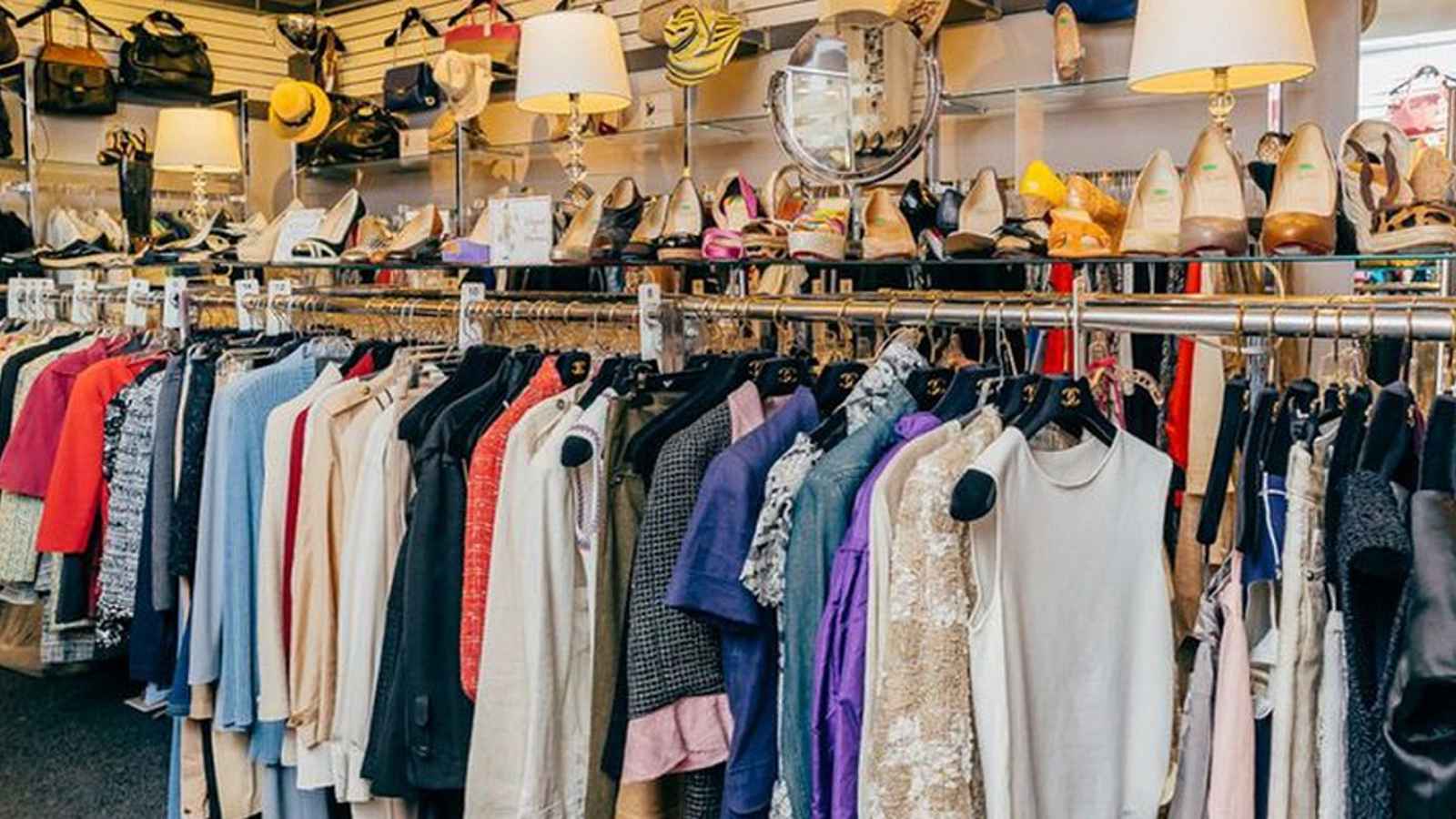National Consignment Day, observed annually on the first Monday of October — on October 2 this year — is for everyone who enjoys staying on-trend while also living sustainably. The day encourages individuals to sell unused or unwanted items to consignment shops. You (and the consignment shop) make some money, and someone gets to purchase and use a gently used item in an ethical manner.
The background of National Consignment Day
People bring items to the consignment store in order to sell them at a fraction of the original price. They exhibit the items in the consignment store for a predetermined number of days and receive a predetermined percentage of the selling price; the remainder is retained by the store. These establishments carry apparel, homewares, art, furniture, and even books.
But before such stores existed in the United States, there were salvage stores, and before that, pushcarts. Clothing was one of the many products that the Industrial Revolution made readily available. Not only did production increase, but prices fell as well, and purchasing power was at an all-time high. This unfortunately enhanced the ‘disposable’ nature of clothing. During this time, Jewish immigrants saw an opening. All of the unwanted garments were resold from pushcarts.
People who shopped here were considered to be of low class and poor taste. Newspapers made inferences regarding the hazards associated with purchasing from these carts.
At the end of the 19th century, religious organizations saw an opportunity to raise funds by reselling items and jumped on the bandwagon. With the Christian ministry’s endorsement and the fact that donating made people feel more charitable, the concept of donating and reusing used products became more acceptable to the general public.
In the 1950s, thrift stores coexisted with consignment stores across the United States. While they both sold used items, thrift stores were primarily non-profit organizations, whereas consignment stores compensated the proprietor for items sold.
The term primarily refers to entrusting something to another person’s protection. It is most likely derived from the French term ‘consigner’ or the Latin word ‘consignare,’ which both mean ‘to mark with a seal.’
How did our day come to be? The RealReal, an online resale store that specializes in luxury consignment, launched on this date because they believe that this is one of the most convenient methods to shop. Since its founding in 2001, this company has expanded to seven main U.S. cities. They established this business to promote consignment and eco-friendly fashion.
National Child Health Day 2023: Date, History, Facts about National Child Health Day
Guinea Independence Day 2023: Date, History, Facts about Guinea
Guardian Angels Day 2023: Date, History, Facts about Guardian Angel
5 Facts Regarding Consignment Shops and National Consignment Day
They are also known as ‘second-hand stores’ in the United States.
In countries like the United Kingdom, there is no specific term for such shops, but those that sell women’s clothing are known as ‘dress agencies.’
Antiques, automobiles, books, never-worn apparel, furniture, musical instruments, athletic equipment, tools, paragliders, firearms, and other items are sold at consignment shops.
As this day launched, the founding company established a strategic partnership that celebrated sustainability with fashion designer Stella McCartney.
The RealReal introduced a contest on Instagram in honor of National Consignment Day and awarded the winners with two Louis Vuitton bags.
NATIONAL CONSIGNMENT DAY DATES
| Year | Date | Day |
|---|---|---|
| 2021 | October 4 | Monday |
| 2022 | October 3 | Monday |
| 2023 | October 2 | Monday |
| 2024 | October 7 | Monday |
| 2025 | October 6 | Monday |




